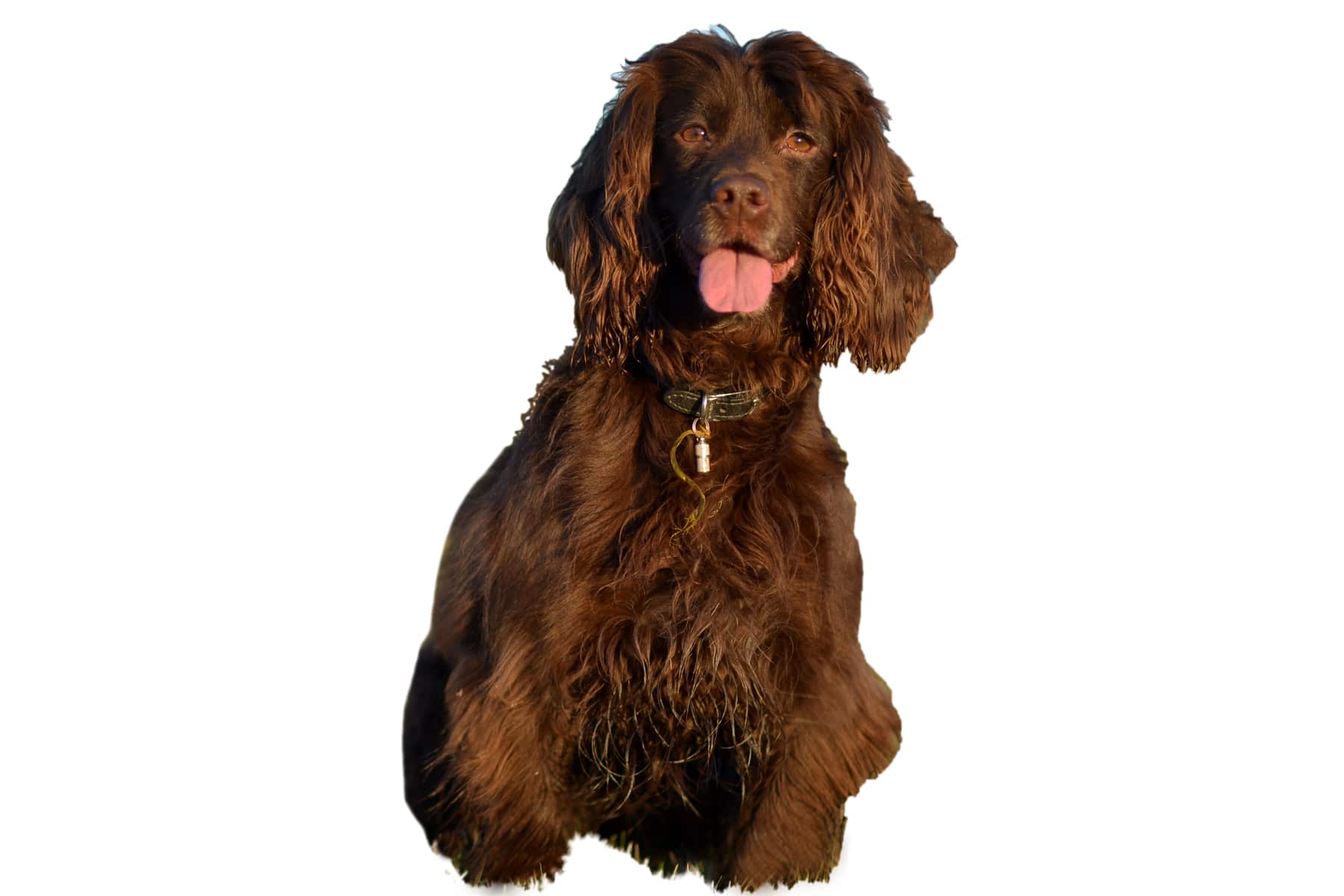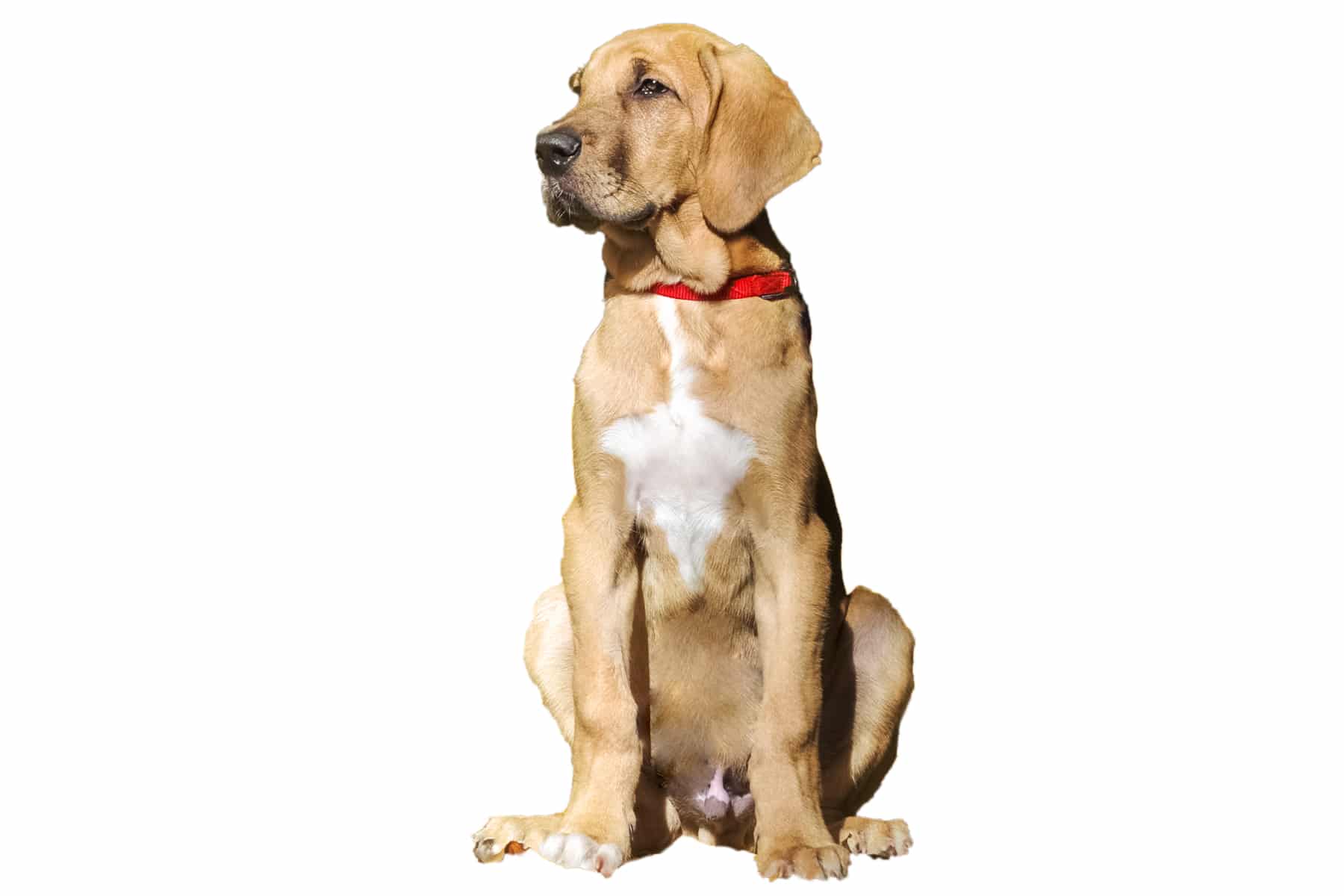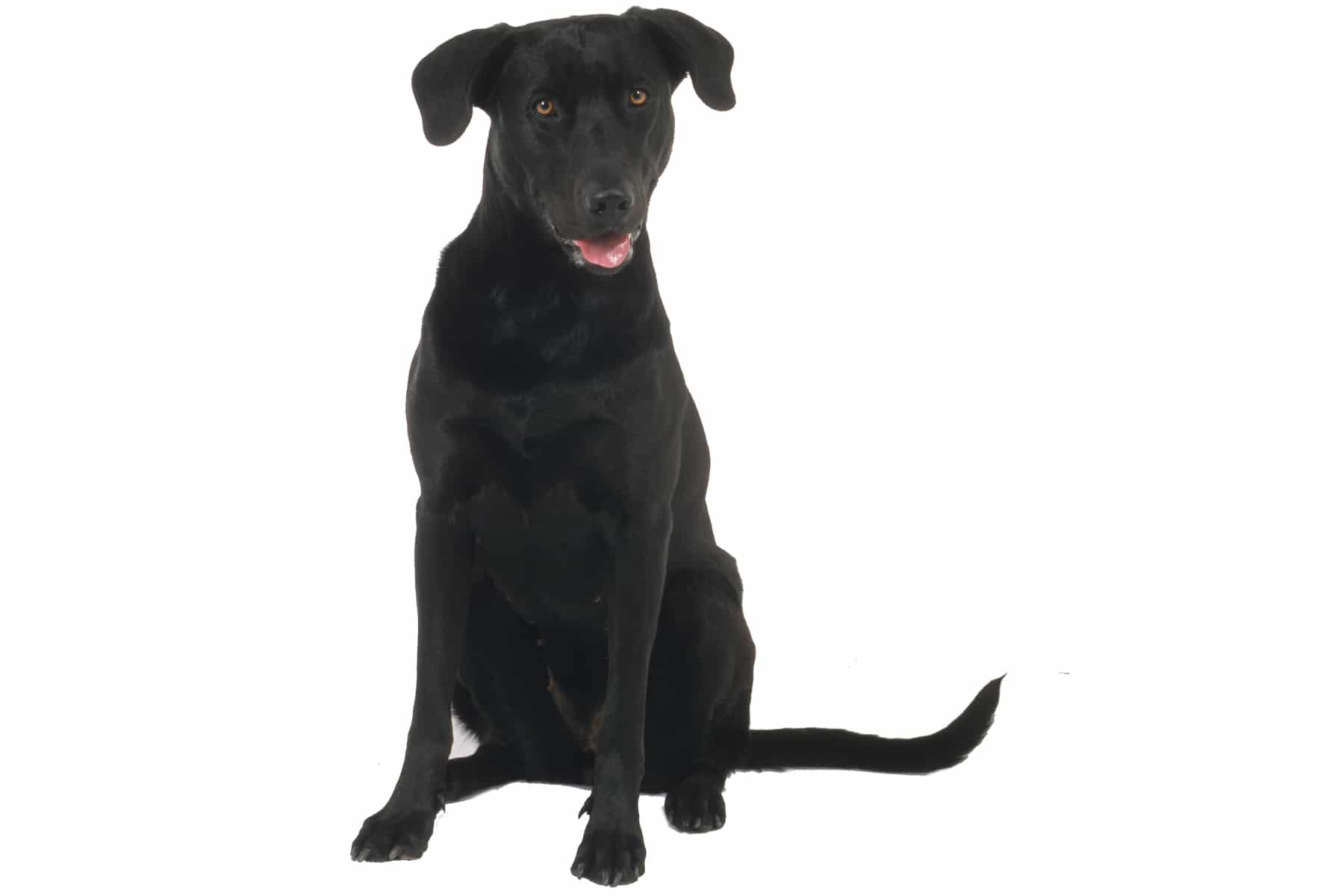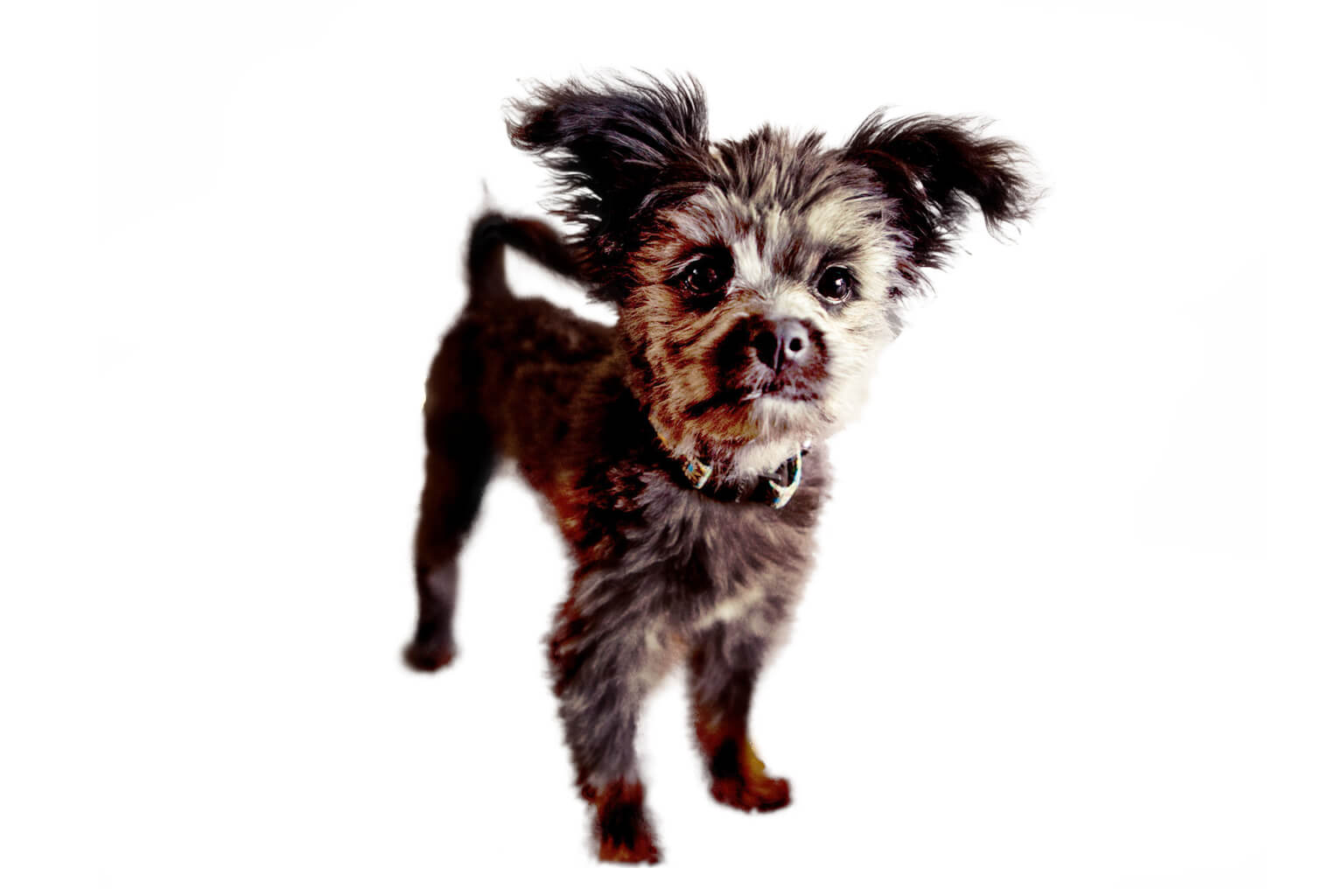Whippet
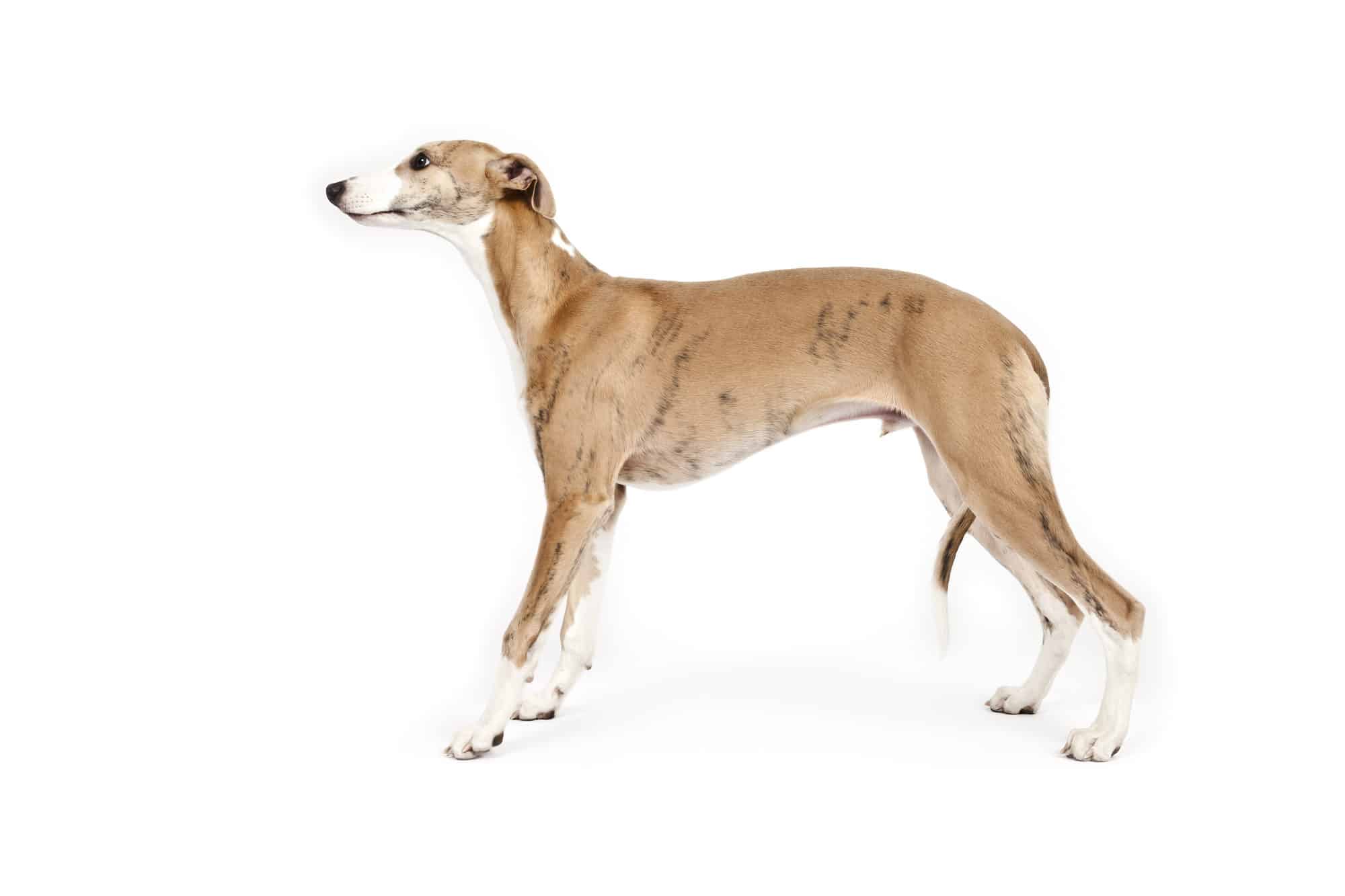

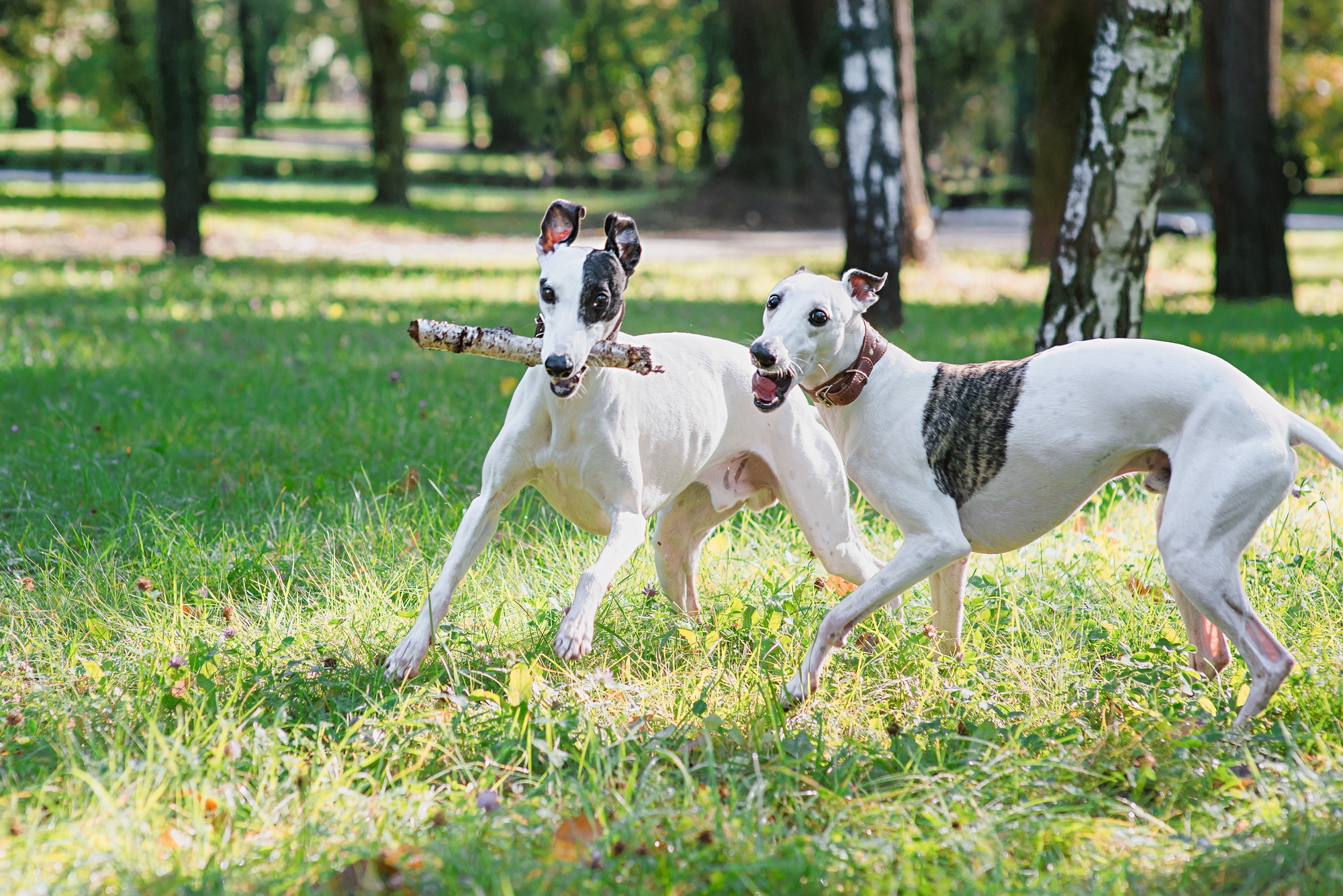
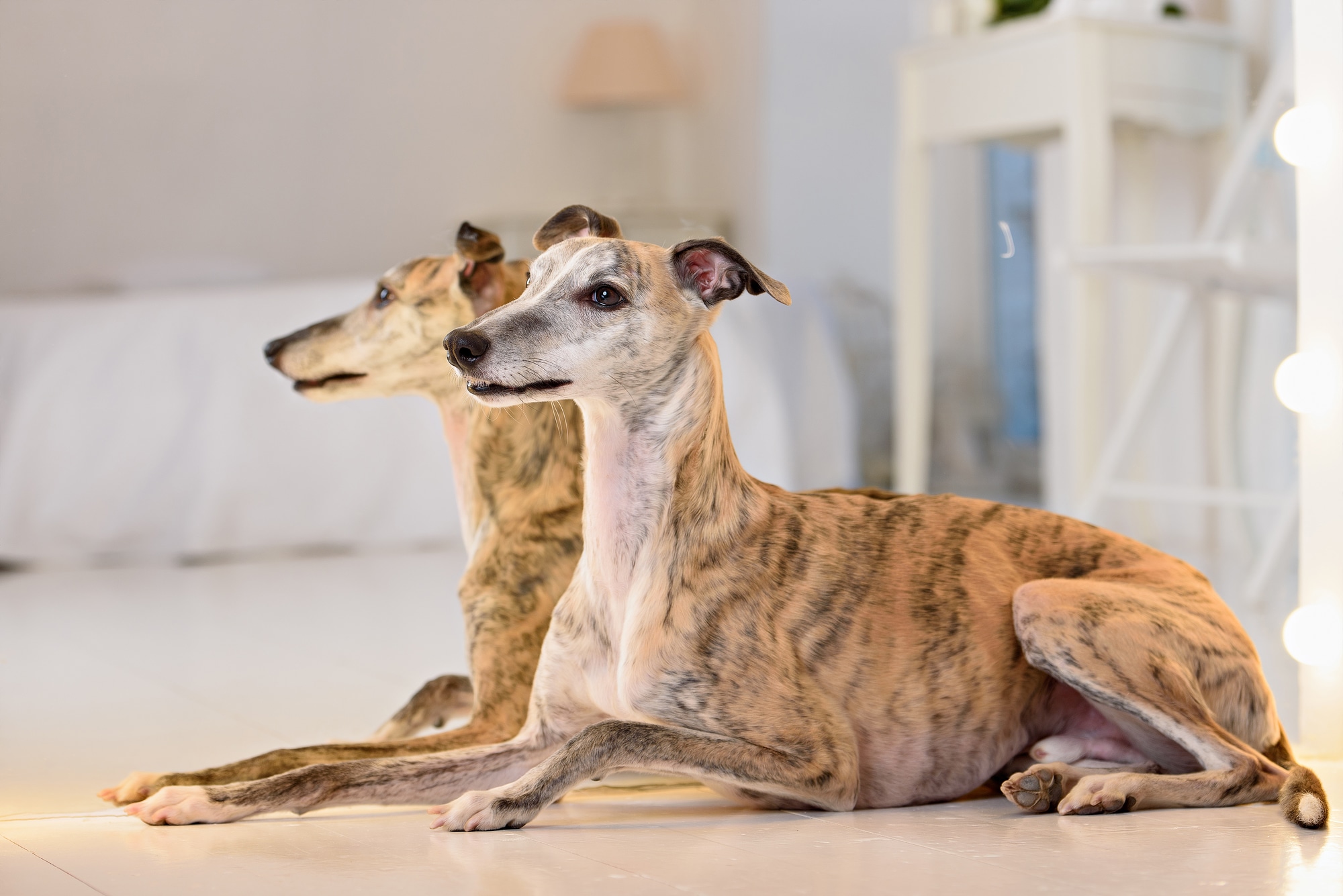
Temperament:
The Whippet is an athletic dog with a friendly, balanced and affectionate nature. It is a loyal companion and is suitable for active families and singles. It feels at home in both domestic and sporting environments.
Characteristics
The Whippet is a breed that originally comes from England. The FCI has included the Whippet in Group 10, Section 3 of the short-haired sighthounds.
It is available in different colors. The colors are often gray, black and beige-brown. The coat is shiny, short and close-fitting.
With its very slender, delicate build, the Whippet appears almost fragile at first glance. However, it is a very robust, muscular dog that has hardly any problems with genetic diseases.
The tucked tail is striking, which is not a sign of fear in the Whippet. It is physically caused by a particular inclination of the pelvis. When excited, the Whippet tends to tremble noticeably.
With a shoulder height of up to 51 cm, it is a medium-sized dog. It has a relatively long life expectancy, which according to various studies is between 12 and 14 years. Adult dogs usually weigh between 10 and 15 kg.
With its social, loyal, affectionate and pleasant nature, the Whippet is a good family dog, but needs plenty of exercise and exercise. This agile breed loves speed and outdoor exercise. As a small sighthound, it is one of the fastest dogs in the world, reaching speeds of up to 60 km/h in a sprint.
He also has a certain hunting instinct, but can get used to other pets, especially if he got to know them as a puppy. He gets on well with children. In order to train his natural hunting instinct, targeted dog training should be started early on.
Playful methods that encourage his natural abilities and willingness to cooperate are ideal. A loving upbringing is important. The Whippet is a very sensitive dog that needs empathy.
The Whippet is very attached to his owner and loves to accompany him on all outings. He only shows his very active temperament outdoors, at home he is a calm and sociable family member.
Coat care:
Shedding:
Energy level:
Trainability:
Children suitable:
The right food
When choosing food, make sure that it contains high-quality ingredients, is balanced and meets your dog's requirements. Age, size or weight, activity and health status play an important role. You should follow the manufacturer's recommendations for the amount of food.
Treats should only be fed in moderation and deducted from the basic diet to avoid obesity.
Puppies can be fed 4-6 times a day. The number of meals should be gradually reduced to 2 per day until the dog is fully grown. A rest period should be observed after meals.
Fresh drinking water should be available at all times.
Health & Care
As the Whippet has a very short coat, it does not require extensive grooming. Occasional brushing removes loose hair and stimulates blood circulation.
However, the care of the claws is important for Whippets. In general, the claws of greyhounds often do not wear down sufficiently and therefore need to be trimmed more frequently.
You can start with dental care when your dog is a puppy. Special dog toothpastes and brushes are available for this purpose. Special dry chews and special dental care snacks help to prevent tartar build-up.
Eyes and ears should be wiped regularly with a clean, damp cloth.
After every walk, the paw pads should be checked for foreign bodies and the whole body checked for uninvited guests such as ticks and these should be removed.
As the Whippet has very little body fat, it is very sensitive to the cold. In bad weather and in winter, they should therefore be specially protected during outdoor activities. Special dog coats are ideal for this.
Suitable accessories
The Whippet does not need any special accessories apart from the usual basic equipment for dogs. The basic equipment consists of a collar or harness with lead, dog basket or dog mat as a retreat, water and food bowl, toys for physical and mental stimulation, tick tweezers, claw clippers, mild dog shampoo, brush and comb or rubber curry comb, toothbrush and toothpaste for the dog, transport device for transportation in the car and a first aid kit. It's best to ask your vet what should be in the first aid kit.
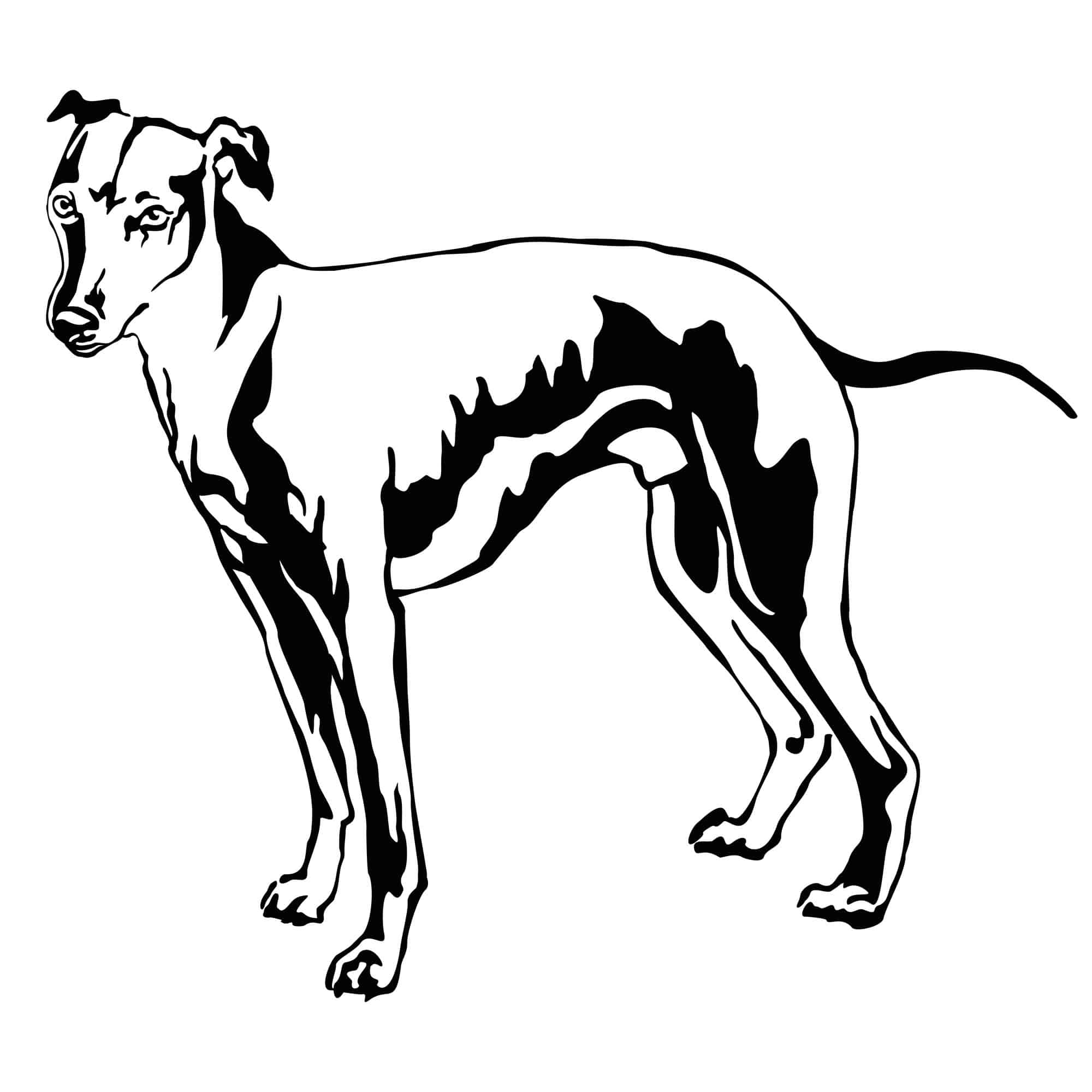
Origin & History
The Whippet originates from Great Britain and was mainly used for rabbit hunting in the 19th century. The simple landed gentry and the middle ranks of the military developed this professional breed.
They also established the first breed standards. The Whippet was bred to be a powerful hunting dog with an elegant build. The first standard dates back to 1891 and still exists today with minor changes.
At that time, the Whippet was more popular as a hunting dog than its relative, the Greyhound. Due to its smaller size, it was less prone to injury. They also required less maintenance and were cheaper to buy.
Since the beginning of the 20th century, the Whippet has also been used in dog racing. However, these Whippet races never achieved the fame and professionalism of the well-known greyhound races. They were a betting sport for the lower classes. Interest in whippet racing first declined significantly in 1970 when a betting tax was introduced in Great Britain.
To this day, Great Britain is the main country for Whippet breeders.
The breed name "Whippet" is made up of the English "whip" and "pet" and roughly means "whip dog". This is to be understood as an allusion to the strikingly long tail of the running animal.
